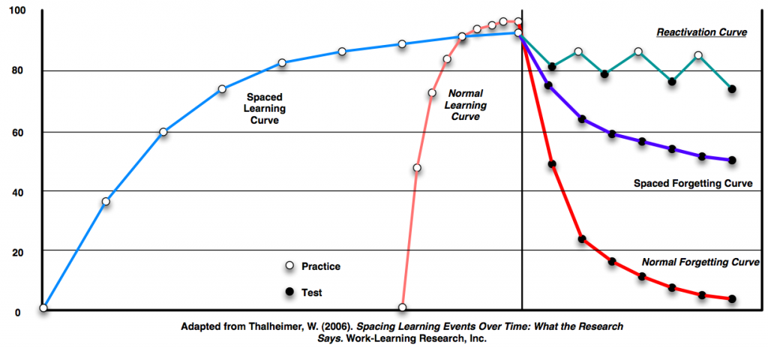 Introduction
Introduction
Whether you call it life-long learning, or continuous learning, one thing is for certain. Learning is NOT a one-and-done activity. In the modern workplace technology changes at a lightening pace. Learning and Development professionals must be nimble and creative when introducing new information, reinforcing previous training, and updating existing processes. One of critical tools that every L&D department must evaluate is Microlearning.
What is Microlearning and why is it so popular today?
Microlearning refers to short learning interventions that can often be completed in a matter of minutes. Modern technology and evolving learning standards, like xAPI,have made microlearning easier to develop, deploy, and track. The concept is to chunk larger pieces of information into smaller bites that are easier to digest. This can help prevent someone learning new information or a skill from being overwhelmed with too much data at one time. It also helps seasoned learners by reinforcing content that was previously delivered.
Another advantage of microlearning is that it is often delivered out over time. This allows the layering of new information on top of an existing foundation of knowledge. This concept, called Spaced Learning or Spaced Repetition, has been shown to improve the retention of learning by forcing up the forgetting curve, also known as the Ebbinghaus curve. To learn more, check out Shannon Tipton‘s article on Drip Learning in TD magazine. If you really want to get into the science behind spaced learning, check out Dr. Will Thalheimer‘s research on Spacing Learning Events Over Time.
One advantage of Microlearning is it’s flexibility. Students can complete Microlearning content with very little disruption. Often, that means mobile learning delivered on phones versus the computer. This doesn’t just support remote workers but even on-site employees who can consume a few minutes of content if it’s available to them while they are on the train, waiting for an oil change, or sitting at the park. As L&D practitioners, we just need to remove the roadblocks preventing our students from accessing those learning events. Yes, that means we must be mindful about how we design content into logical, building chunks and choose authoring tools that provide a good, native mobile interface.
I can bypass the LMS?
 Still, the problem is how do I access that training. Unlike SCORM that requires a connection from the content to an LMS, xAPI gives us the ability to track student activities outside the LMS. Often turning SCORM content into xAPI or cmi5 content is just a matter selecting the new standard and re-publishing.
Still, the problem is how do I access that training. Unlike SCORM that requires a connection from the content to an LMS, xAPI gives us the ability to track student activities outside the LMS. Often turning SCORM content into xAPI or cmi5 content is just a matter selecting the new standard and re-publishing.
The VTA Suite already allows administrators to send xAPI and cmi5 content out to learners via text message through it’s Spaced Learning functions. The link in the sms/text message includes an embedded token that identifies the user and the course so there is no logging into an LMS. I click the link from my phone, the content launches and writes my activities back to the Learning Records Store (LRS) that passes my completion information over to the Learning Management System (LMS). Not all your learners have mobile numbers and smart phones? No problem. If there is not a mobile number associated with a student record, the VTA Suite will put the link in an email still providing the ability to launch training outside the LMS.
Want to learn more about setting up your first Microlearning course in VTA? Check out this blog with a step-by-step guide or contact RISC today.

